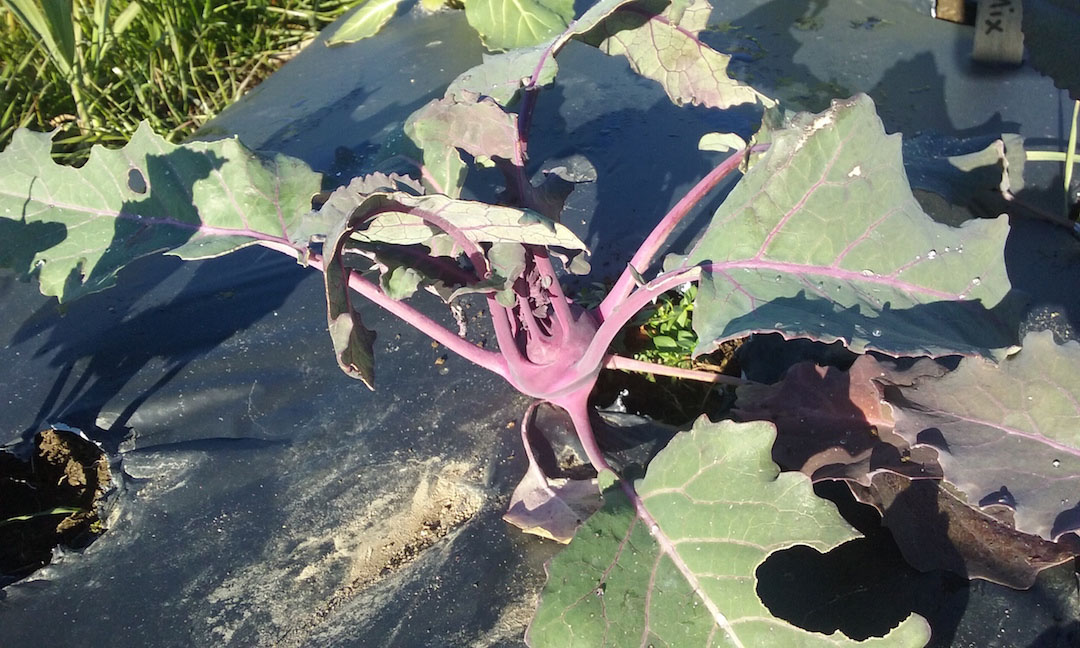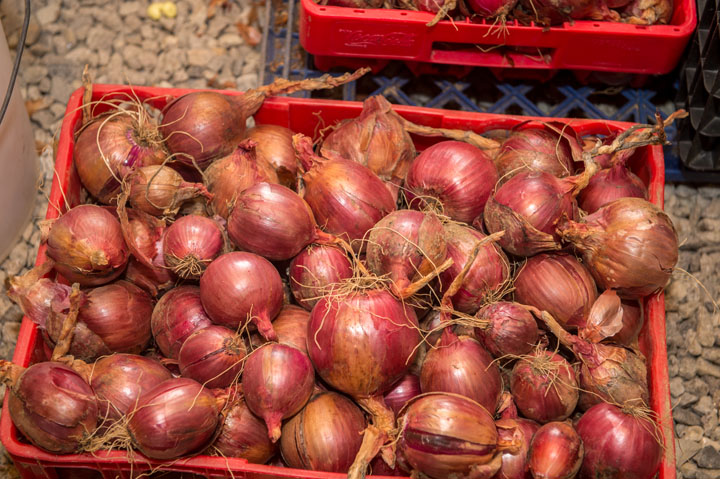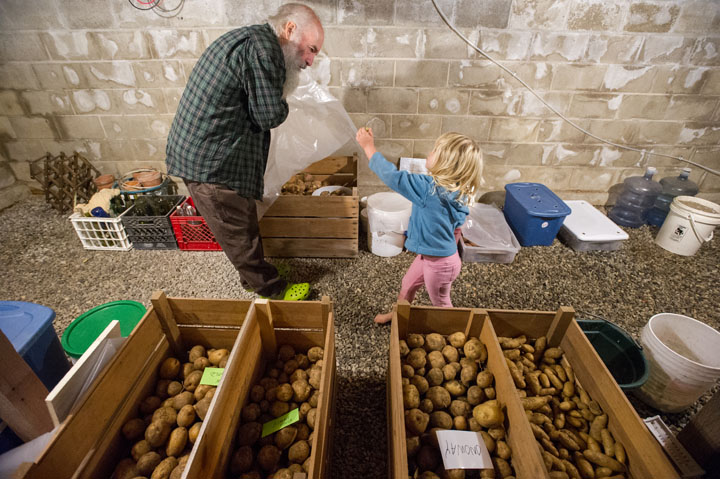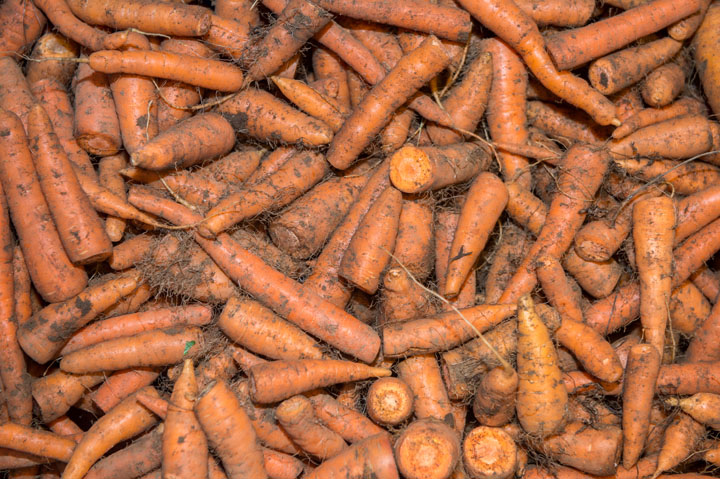Preserving Your Fresh Garden Veggies into the Winter
By Jason Lilley, Sustainable Agriculture Professional
There’s nothing like going into your back yard to harvest the freshest possible vegetables for dinner. Using this home grown produce doesn’t have to come to an end with the first killing frosts. With some planning you can have harvestable crops in the garden well into December, and have properly stored fresh veggies until March or April.

Extending the Harvest Season
Many vegetable crops do survive through several hard frosts and can be left in the garden until early to late December depending on the season. Some of these crops include;
- Brassicas
- Broccoli (moderately cold tolerant)
- Cauliflower (moderately cold tolerant)
- Kale (very cold tolerant)
- Kohlrabi (very cold tolerant)
- Cabbage (very cold tolerant)
- Brussels Sprouts (very cold tolerant)
- Root Crops (harvest before ground freezes)
- Cellariac
- Carrots
- Beets
- Parsnips (Can overwinter with mulch. Sweetens considerably with frost)
- Rutabaga
- Some Alliums (Onion Family)
- Leeks
- Bunching Onions
- Greens and Herbs (Best if row cover used)
- Spinach
- Mache
- Asian Greens (Some, seed catalogue should tell cold tolerance)
- Lettuces (Some, seed catalogue should tell cold tolerance)
- Parsley
- Oregano
Continuing the harvest season is a great way to stay connected to the garden as the nights come earlier and the cold winter sets in. Vegetables left in the garden maintain freshness better than most harvested and stored crops as they are able to take up water as needed. However, properly stored harvested crops can last long into the winter.
Selecting Crops for Storage
When planning for crops to store throughout the winter, check the seed catalogue to ensure that the variety that you are selecting is a good storage variety. Some crops, such as winter squash, are all good storers, however, some varieties will store significantly longer than others.
Harvest produce at the appropriate stage. Mature storage crops will naturally set a thicker skin that resist rot. This is particularly true for potatoes, sweet potatoes, squash, and onions.
Inspect crops for bruises, scratches, and intact stems (if applicable). Produce that is damaged should be eaten early in the winter as it will likely rot much earlier that intact fruit. Remember, one bad apple spoils the bunch. Root crops are generally stored dirty, as washing can cause damage, and wash off the natural coating that preserves moisture and protects against disease. If you notice that some of your stored produce is rotting, remove and discard any infected crops.

Conditions for Storing Crops
Harvested produce is still living, in that it is respiring. As the produce “breathes” it is releasing moisture. The two most important conditions of a storage area include having appropriate temperature and moisture conditions for the crop being stored. Lowered temperatures slow respiration for many crops and therefore reduce moisture loss, while holding many crops at high humidity stops moisture loss in the first place.
- The below vegetables prefer cool temperatures (32-38˚F) and high humidity (95-100% relative humidity (RH))
- Cabbage
- Brussels Sprouts
- Kohlrabi
- Cellariac
- Carrots
- Beets
- Parsnips
- Rutabaga
- Leeks
- Apples
- These crops prefer warmer temperatures (50-60˚F) and drier conditions (50-70% RH). They are best stored in mesh bags or on an open shelf. Light should be excluded
- Onions
- Dry Beans
- Winter Squash
- Garlic
- Potatoes and sweet potatoes should be cool temperature (38-40 ˚F) and high humidity (85-95% RH). Light needs to be excluded to prevent greening of potatoes.
This UMaine Extension factsheet shows the ideal storage condition for each crop: https://extension.umaine.edu/publications/4135e/

Many homeowners do not have the infrastructure to meet these requirements for moderate quantities of produce. Construction of a root cellar is one option for a storage area. A root cellar is a building that utilizes the temperature of the earth (typically around 50 ˚F) and humidity to preserve vegetables. These are typically built into a North facing hillside. Constructing a room in a basement away from heat sources is another option.
A more accessible option is to use large clean totes filled with damped sand or peat moss and placed in a cool basement or closet. Be sure to keep the produce covered with the slightly dampened material to hold in moisture. The top should be left off the container to prevent rotting and mildew smells.

These simple storage methods will keep your delicious and nutritious harvest intact for several months after the end of the gardening season, and greatly diversify the potential crops for your garden. Eating garden grown fresh produce in the middle of February while selecting seeds for next year garden is a great way to close that garden season loop.
Happy storing!
